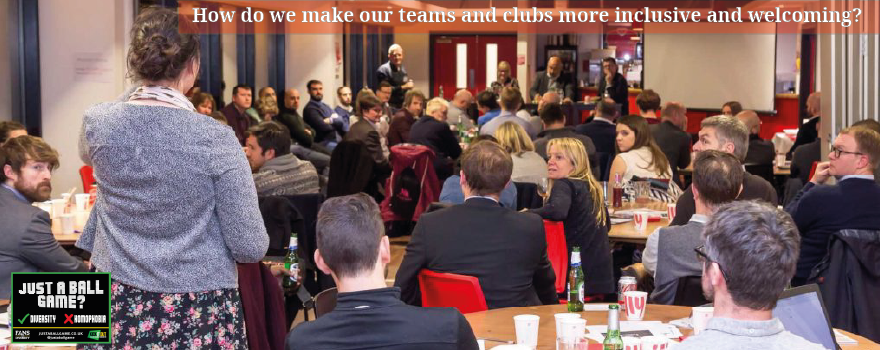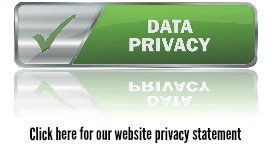
During the Covid-19 lockdown our founder Lindsay England (GMB N&I equality rep) took part in a Q&A for The Football Collective.
LGBT+ equality inclusion & diversity in sports Q&A.
How do we make our sports teams and clubs more inclusive and welcoming?
Pride is a time for protest, education, advocating and celebrating for LGBT+ peoples lives and history. We would love more trade union members and fellow co-workers to be involved in local and national pride events as allies.
While we have come a long way for LGBT+ inclusion in sports, we still have a long way to go, so as part of our JUST A BALL GAME? 10 year celebrations we are teaming up with educators and researchers to extend our workload, skills and experiences.
During the Covid-19 lockdown our founder Lindsay England (a GMB N&I equality rep) took part in a Q&A for The Football Collective. The hour long session can be found on their website here: https://www.youtube.com/watch?v=YzXcfXZRfIg&feature=share
Sport is a powerful tool for social development. Social development is about improving the well-being of every individual in society so they can reach their full potential. Sport is not just physical activity, it promotes health (physical and mental) and education, fosters development, teaches social behavior and helps social cohesion. Sport can be used to increase the social integration of LGBT+ people into the wider community, as well as empowering them and giving them skills that will help them give back to the community.
LGBT+ people still face barriers when trying to enter and participate in sports. They can often face discrimination and harassment at all levels of sport, from the community and recreational levels to the professional and elite levels. For sport to be used as a tool for development and inclusion, we must work to change sport culture to be more welcoming to sexual orientation and gender identity
Why does this industry and therefore a workplace need to focus on LGBT+ inclusion in sports?
LGBT+ people:
-
Are less likely to participate in sports than heterosexual peers
-
Drop out of sports more frequently than heterosexual peers
-
Experience social isolation if they remain in toxic sport environments
-
Wished they had more role models to aspire too when they were younger
How is homophobia, biphobia and transphobia experienced in sports?
Along with sexism and misogyny many women are subjected to homophobia, biphobia and transphobia when engaging in sports. Some of the ways that women experience this are:
-
Women who participate in 'traditionally' feminine sports and are suspected of being lesbian are often singled out by other players
-
Women will avoid traditionally masculine sports such as football or hockey because those who play are accused of being a lesbian. This label prevents many women from participating in these sports because they do not want that label
-
When a female athlete competes with traditionally masculine characteristics (strength, for example), we assume they are lesbians
How do we make our teams and clubs more inclusive and welcoming?
How you can be more inclusive as a sport or team for LGBT+ people.
-
Use gender neutral language such as “hello everyone/folks” instead of “hello boys and girls” or “hey guys”
-
Have policies that prohibit discrimination on the basis of sexual orientation and gender identity. Let policies guide you but not drive you.
-
Increase the visibility of LGBT+ athletes and coaches by inviting them to speak to your team
-
Make available private enclosed changing areas, showers, and toilets for everyone
-
Trans athletes should be allowed to compete on the team that matches their gender identity

